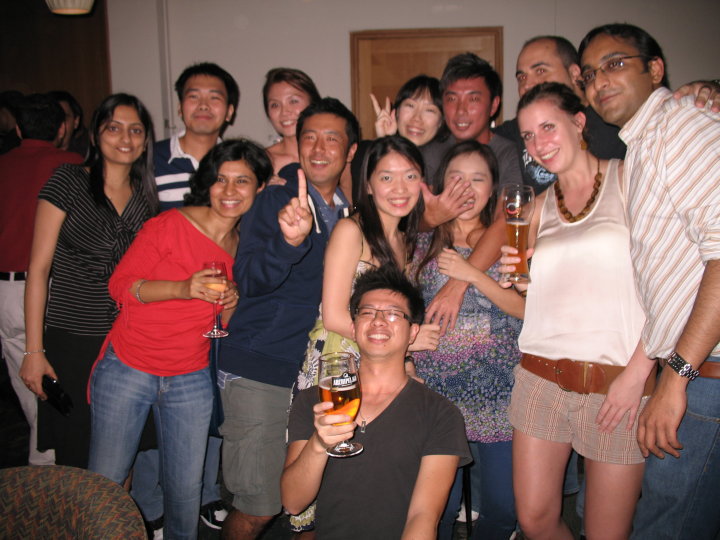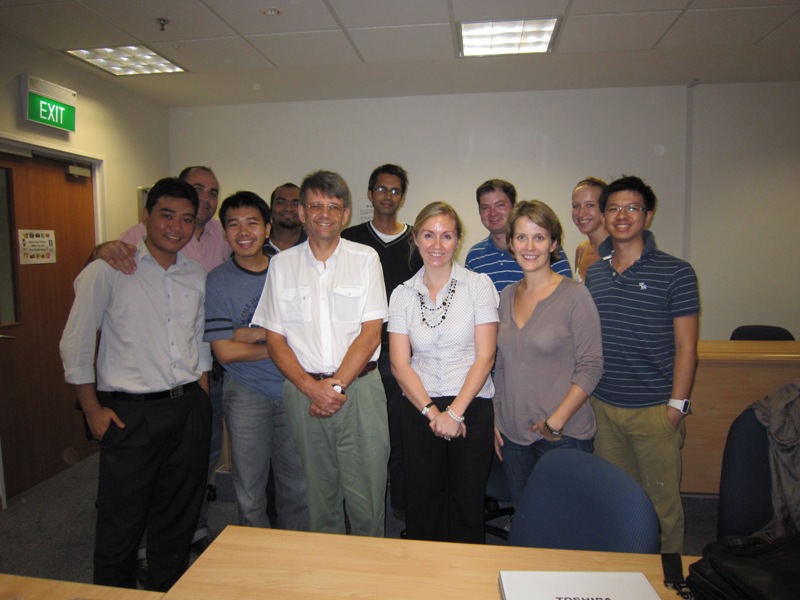NBS was pleased to have leading sustainability guru, Professor Marc Epstein of the Jones Graduate School of Business at Rice University in Houston, Texas, speak in the recently launched NBS Dean’s Seminar Series on Sustainable Development.
A Distinguished Research Professor of Management at the American business school, he has done extensive research, consulting and teaching in the sustainability area.
Prof Epstein’s talk on May 6th at NTU@one-north campus focused on Sustainability and the Bottom Line – a topic that is of interest to all in the business world as it is a significant challenge to concurrently measure and manage social and financial performance.
CEOs of global corporations and SMEs alike have recognised that managing stakeholder interests and the social, environmental and economic impact of corporate products, services, processes and other activities is critical for both financial and sustainability success, he said.
Based on his extensive research and advisory work with leading global companies like Nike, Proctor & Gamble, Shell and Nissan, Prof Epstein described how they had successfully integrated sustainability into their businesses and increased both financial and sustainability success.
The leadership challenge in corporations is the competing pressures to produce profits and to be a good corporate citizen. The good thing is that managers increasingly understand that these are linked. Already concepts like waste reduction – where you help to save the environment and “make money” by reducing wastage, and similarly improve product design to enhance efficiency, are well understood and practiced.
But increasingly tremendous thought was being given to integrating social and environmental risks with huge capital investment decisions. For instance, companies have to consider what would be the impact on their business if the consumers were to boycott their products if they were to use child labour or cause oil spills and the like.

Professor Epstein delivering his talk in the NBS Dean’s Seminar Series at NTU@one-north campus.
“When these events occur, companies and investors are typically both surprised and unprepared. And, such events are occurring more often,’’ Prof Epstein pointed out.
All companies must better anticipate external consequences of their activities and need to better anticipate social consequences. While some social impacts turn into crises, thankfully most do not, he said.
Among the social and political issues businesses need to look out for are: child labour and poor working conditions, environmental emissions, nationalisation of industries, joint venture partner risks, unstable or corrupt governments, potentially dangerous products, nutrition and obesity, and interrupted or unsafe supply.
At the same time there can be opportunities to convert a risk into an opportunity. For instance due to the public focus on nutrition and obesity, PepsiCo is very concerned about nutritional issues impacting its business and “is having a lot of its people look into it and look for new ways of doing business by coming up with new products,’’ Prof Epstein said.
“It is no longer only about risk and compliance – it is also about innovation and opportunity to simultaneously achieve excellence in sustainability and financial performance.’’
This requires more innovation and entrepreneurship from sustainability leaders, start-ups and SMEs, and more sensitivity to sustainability issues by innovation and R&D leaders, and business unit and functional leaders, he added.
Driving social and financial improvements through sustainability requires strong and innovative leadership. This is because businesses need to be innovative in both products and processes, for which they need both technological innovation in products and business model innovation in processes.
Prof Epstein also stressed that investors and lenders should encourage companies to integrate environmental, social and governance issues into operational and capital investment decisions.
“Early consideration provides enormous opportunities for companies of all sizes to be creative, innovative and achieve entrepreneurial success,’’ he added.
The talk was followed by a lively question-and-answer session.










You must be logged in to post a comment.